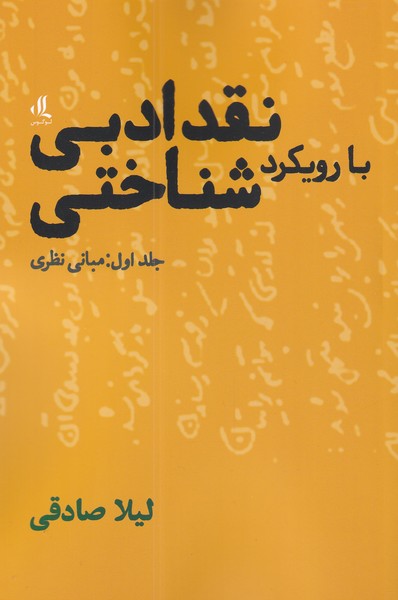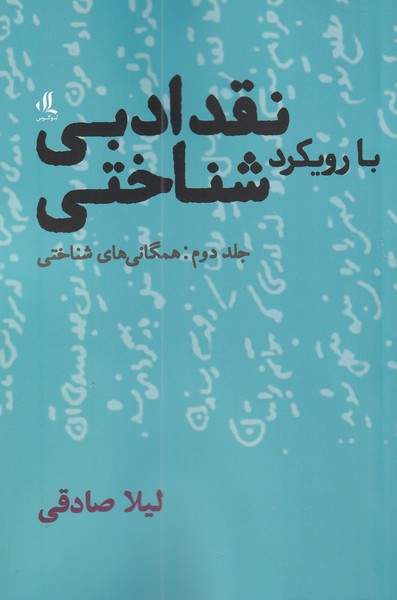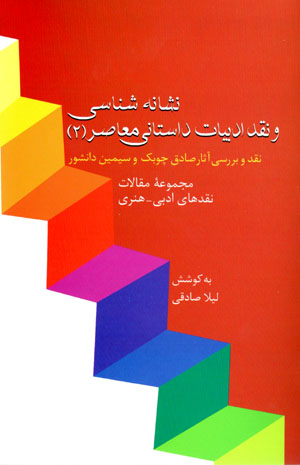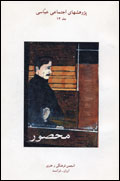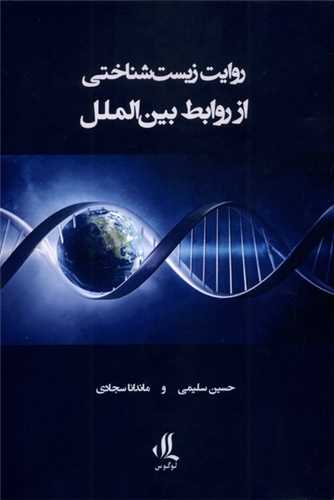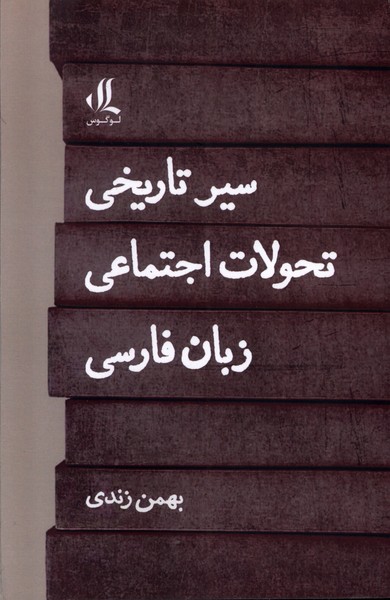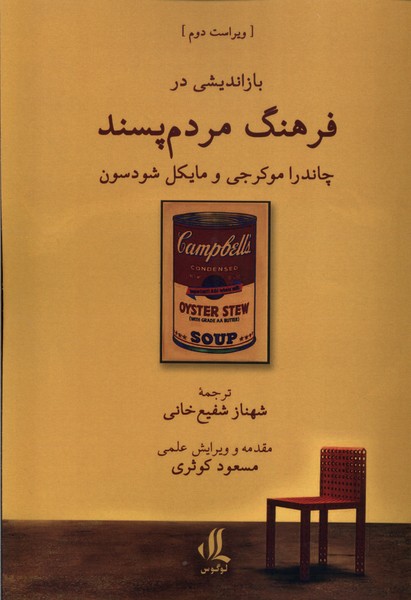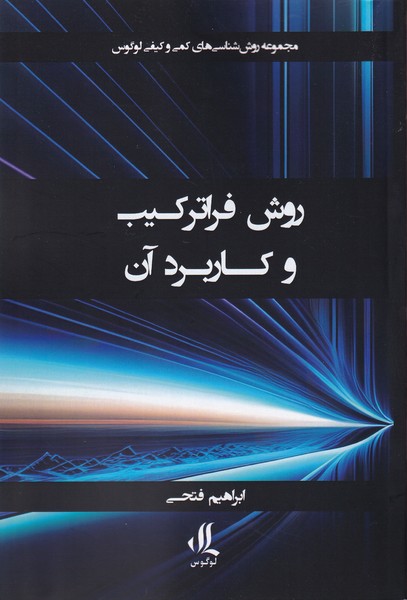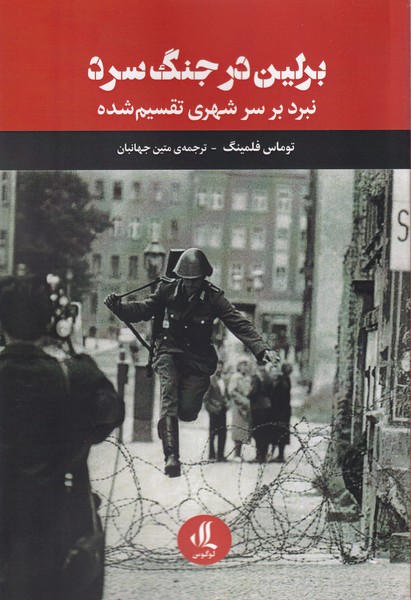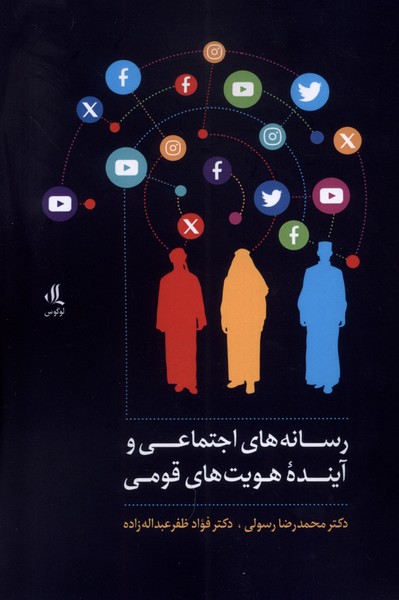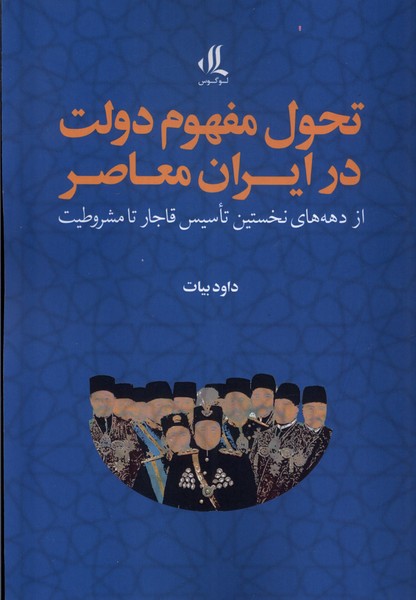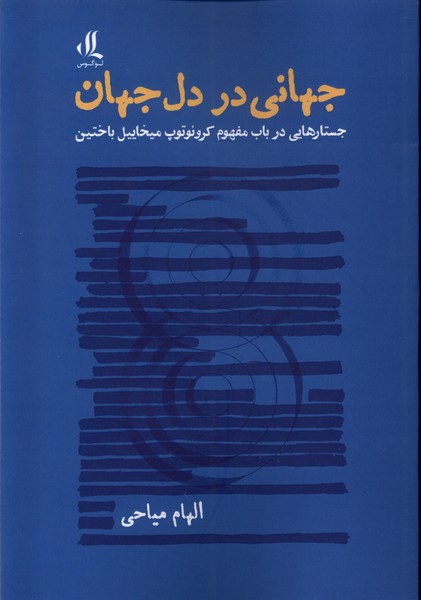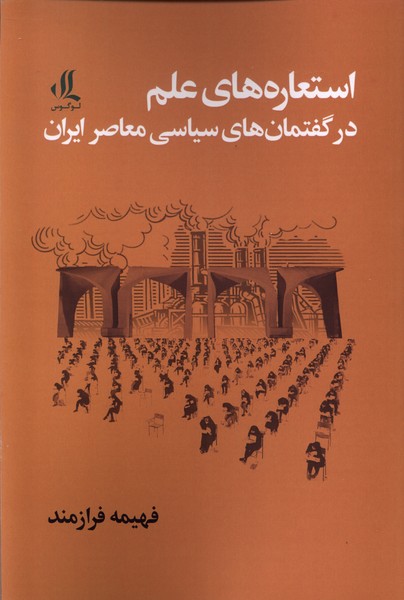naqd-ī adabī bā ruykard-i shinākhtī (jild-i sevvum: usūl-i daryāft): Persian 1402
نقد ادبی با رویکرد شناختی (جلد سوم: اصولدریافت)
17.42 £
Share
Wishlist
What we "receive" is not necessarily the same as what we experience, and the "receiving" mechanism that makes human experience and cognition possible in him has neurological roots. Human sensory experiences are understood through his receiving mechanism, and the unconscious receiving mechanism of a person makes it possible to build a whole in his mind. Experience in man is created by his different senses and leads to knowledge, and knowledge of phenomena, whether objects, events, or works of art, creates pleasure in man. In examining how pleasure is formed due to the release of hormones in the body, it can be said that there is an unbreakable relationship with beauty and a person enjoys whatever he perceives as beautiful. In fact, to understand phenomena, the human mind perceives them as a whole, as a result, the pleasure of understanding them also returns to a general beauty. Although the mind recognizes the components of a phenomenon by referring to cognitive principles or in other words Gestalt principles, it seeks to build a whole and understand every phenomenon as a whole. Since the mind's capacity for data to be stored is not unlimited, the mind automatically uses the ability to simplify phenomena such as role and context, similarity, contiguity, continuity, occlusion, inclusion, symmetry, etc. Among these principles, the principle of role and context, similarity, contiguity, and blocking are used as prominent tools in literary criticism. For this reason, in this volume, the application of these principles in the analysis of text and link has been discussed, and it will be shown how the alphabet of cognitive poetics can be used for the analysis of literature.
more
آنچه «دریافت» میکنیم، الزاما همان چیزی نیست که تجربه میکنیم و سازوکار «دریافت» که تجربهی انسان و شناخت را در او ممکن میکند، دارای ریشههای عصبشناختی است. تجربههای حسی انسان بهواسطهی سازوکار دریافتی او فهمیده میشوند و سازوکار دریافتی ناخودآگاه انسان امکان ساخت یک کلیت را در ذهن او میسر میکند. تجربه در انسان بهواسطهی حسهای مختلف او ایجاد و به شناخت منجر شده و شناخت پدیدهها، اعم از اشیاء، رخدادها و یا آثار هنری، در انسان لذت ایجاد میکند. در بررسی چگونگی شکلگیری لذت که بر اثر ترشح هورمونهایی در بدن ایجاد میشود، میتوان گفت که رابطهای ناگسستنی با زیبایی وجود دارد و انسان هرآنچه را که بهصورت امری زیبا میفهمد، از آن لذت میبرد. درواقع، ذهن انسان برای درک پدیدهها آنها را به صورت یک کل دریافت میکند، درنتیجه لذت ناشی از فهم آنها نیز به یک زیبایی کلی باز میگردد. گرچه ذهن اجزای یک پدیده را با استناد به اصول شناختی یا به عبارتی اصول گشتالت تشخیص میدهد، اما در پی ساخت یک کلیت و فهم هر پدیدهای به صورت یک کل است. از آنجایی که حجم ذهن برای دادههایی که ذخیره میشوند، نامحدود نیست، درنتیجه ذهن به صورت خودکار از قابلیتی برای سادهسازی پدیدهها استفاده میکند که عبارتند از نقش و زمینه، مشابهت، مجاورت، تداوم، انسداد، شمول، تقارن و غیره. از میان این اصول، اصل نقش و زمینه، مشابهت، مجاورت و انسداد به عنوان ابزارهای شاخصتر در نقد ادبی مطرح شدهاند استفاده میشوند. به همین دلیل در این مجلد به چگونگی کاربرد این اصول در تحلیل متن و پیوند پرداخته شده، نشان داده خواهد که چگونه میتوان از الفبای شعرشناسی شناختی برای تحلیل ادبیات استفاده کرد.
more



